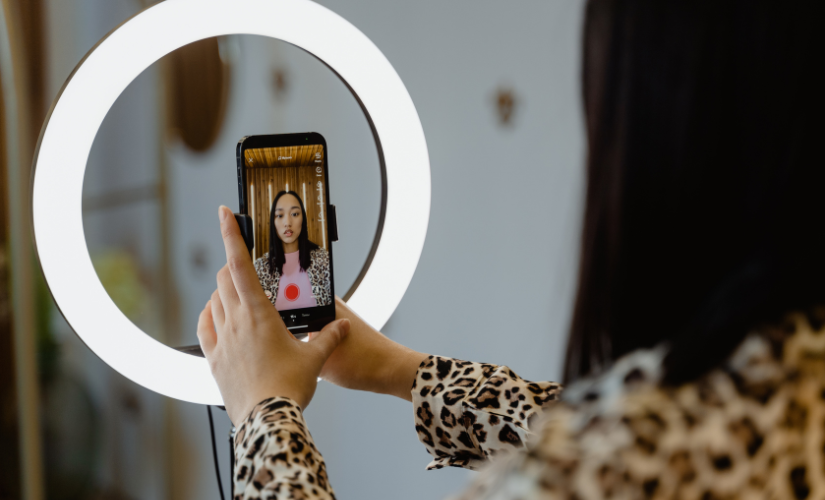If you've ever stopped mid-scroll to comment “What is this??” or share something ridiculous with a friend purely to mock it, you’ve fallen into the trap. Don’t worry, we all have. It’s called rage bait, and in 2025, it’s everywhere.
From TikTok to LinkedIn, rage bait is dominating our feeds. It’s not always about shock value or controversy – sometimes it’s as simple as a typo, a mispronunciation, or someone using a kitchen appliance in a hilariously wrong way (Nigella’s infamous “mee-cro-wah-vay,” anyone?).
But why does this kind of content grab us so hard? Why do we feel compelled to react, correct, and engage?
Rage is sticky and that’s the point
The simple truth is: we’re more likely to engage with something that annoys or outrages us than something that’s just… nice. Compliments don’t spark debates. Agreement doesn’t start comment wars. But post something slightly “off”, even unintentionally, and suddenly everyone has something to say.
We’ve been doing this forever. Laughing when a friend uses the wrong word, teasing someone for a silly mistake, it’s baked into how we interact. But now, those same interactions are happening online, at scale, with strangers. And some creators are learning how to harness that instinct.
The birth of deliberate rage bait
Sure, some content is genuinely awkward or mistaken, accidental typos, someone misusing a whisk, or an unusual outfit choice. But in many cases, these “mistakes” are strategic. Creators are starting to deliberately lean into the chaos.
They mispronounce obvious words, give wildly bad advice, or say something that’s just off enough to irritate viewers into engaging. Because here's the truth of the algorithm: outrage drives visibility. The more people comment to correct you, the further the content spreads.
And it’s not just TikTok. LinkedIn, surprisingly, is full of it too. Posts that start with “Hot take” or bold, divisive statements about work, gender, or Gen Z “not wanting to work” are often written specifically to provoke. They’re not designed to start conversations – they’re built to spark arguments.
Where’s the line?
Not all rage bait is malicious. Sometimes it’s just goofy. A little drama, a little mischief. But there’s a line, and when creators start crossing into offensive territory just for engagement, it becomes a problem.
What starts as harmless trolling can turn toxic fast. And when the goal is no longer to entertain but to provoke hate or division, we’ve moved into dangerous territory. That’s when rage bait stops being a strategy and starts being harmful.
So… why can’t we scroll past?
Maybe it’s ego. Maybe it’s our need to be right. Maybe we can’t stand seeing something wrong without correcting it. But if rage bait thrives on our reactions, maybe the best response is no response.
We don’t need to jump into every argument. We don’t need to comment every time someone gets it wrong. Sometimes, the best way to shut down rage bait is to simply scroll on by.
Final thought
Engagement is currency in 2025, and rage pays well. But as users and brands, we need to ask ourselves: are we feeding the algorithm, or fuelling something more harmful?
The next time you feel your fingers itching to type “Actually…” maybe just take a breath and move on.
It’s not always worth the energy.
.png)


.png)
.png)
